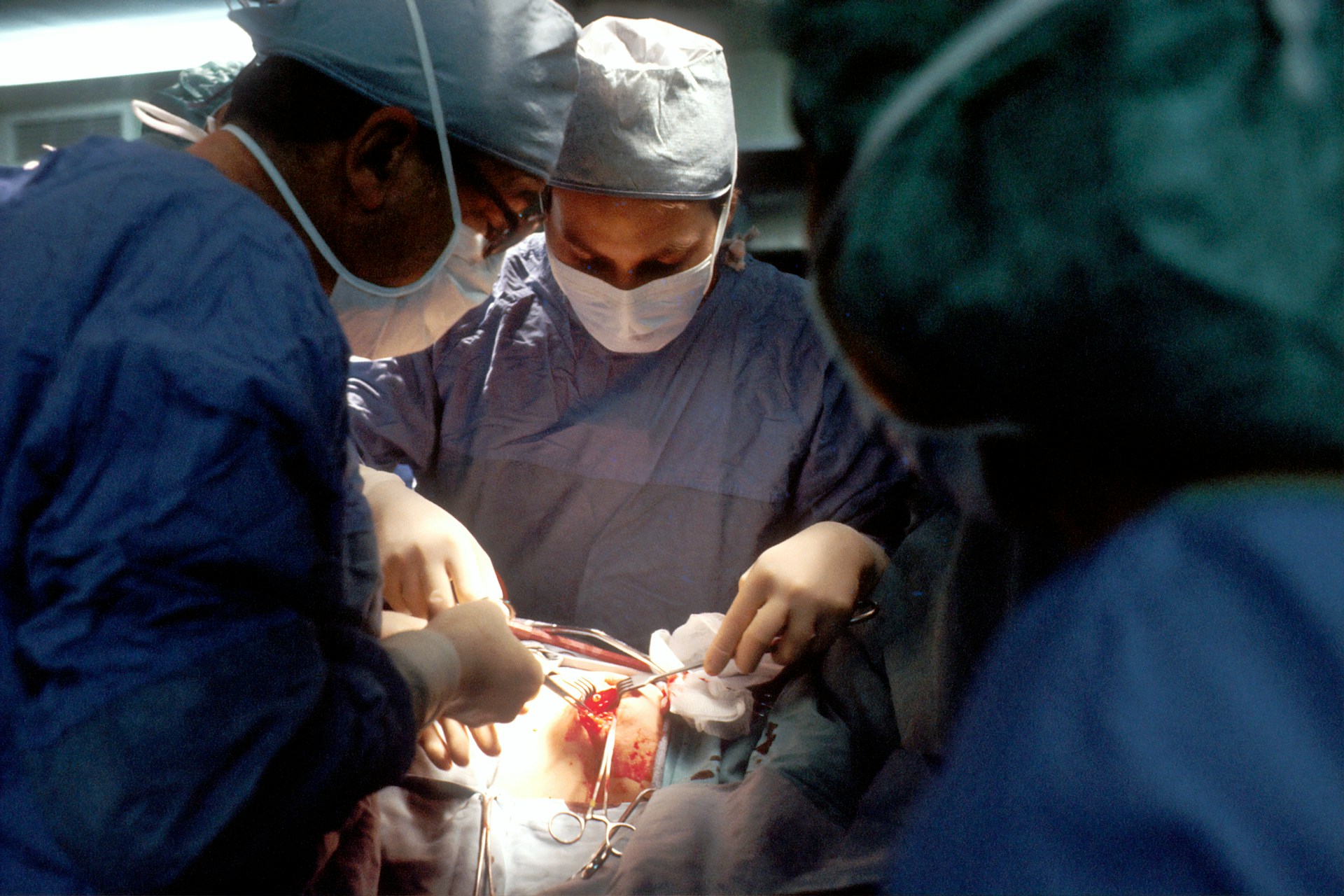4 Types And Methods Of Liposuction

Liposuction Type:
Tumescent liposuction
The skin to be removed is flushed with several liters of saline solution along with a local anesthetic called lidocaine and a blood vessel blocker called epinephrine. A small pipe that absorbs grease. This is the most popular type of liposuction.
Dry liposuction
Dry liposuction does not use local anesthetic injection into the fat before the procedure is known as dry liposuction. The tissue removed by dry liposuction is actually 30% blood. This method is not used today because it has a high risk of bruising and blood loss.
Wet liposuction
The patient using this method only experiences general anesthesia, regardless of the area being treated or the intensity of the liposuction. The capillaries are constricted by the injection solution to reduce the patient’s bleeding. 15-20% of the tissue removed by liquid liposuction is actually the patient’s blood.
This amount of blood loss remains dangerous for patients and may sometimes require a blood transfusion. Although wet liposuction is better than dry liposuction, it is still considered dangerous due to blood loss.
Super wet liposuction
Liquid liposuction or lipoplasty, this procedure is similar to tumescent liposuction where a solution is injected into the surgical area. This process uses less water and takes less time to complete. This water contains the anesthetic lidocaine, a blood vessel constrictor (epinephrine) that helps reduce bleeding and salt water. The surgeon inserts a cannula, a device that sucks water after spraying the solution, which removes excess fat from the patient’s desired area.
Liposuction methods:
Manual liposuction
Manual liposuction uses manual force to break the bonds between fat cells in the form of fat cells by moving the cannula back and forth and rotating it.
Ultrasound-assisted liposuction
Ultrasound-assisted liposuction, also known as ultrasonic liposuction, uses sound waves to gently loosen fat. Here, ultrasound energy is used to dissolve fat and remove this fat through a thin tube called a cannula. The cannula is supported by ultrasound energy and, as a result, vibrates easily. Ultrasonic vibrations break the walls of fat cells. This makes the fat emulsified, making it easier to absorb. Therefore, performing liposuction in places with larger volumes and denser fat is easier to use a fat removal method. Ultrasound can be delivered either on the skin through a special transmitter or under the skin with an ultrasound cannula.
A solid probe collects emulsified fat in a tumescent solution under the skin, which is removed using a standard cannula. The main hole does both, keeping the grease out.
The UAL procedure is ideal for fibrous areas such as the male breast, back and areas where liposuction was previously performed. VASER: This is the fourth UAL technology that has overcome some of the previous problems. The power applied to the body is about a quarter of the previous devices and provides both continuous and pulsed mode. This also reduces heat production.
Power assisted liposuction
This assisted liposuction procedure uses a special cannula with a motor with a mechanized system that moves back and forth at a speed greater than 3 to 5 millimeters. It removes 40% more fat per minute than manual liposuction and, therefore, this procedure takes less time to implement and achieves the same results as ML. Plastic surgeons often use things as they get older to tire themselves and their joints.
Laser assisted lipo
Also known as laser-guided lipo, this procedure uses energy and technology combined with a medical laser beam to make fat disappear. It combines the destruction of adipocytes with a laser beam and removes the melted fat using different cannulas from the treated area. Neodymium-doped yttrium aluminum garnet (Nd: YAG) 2064 mm was introduced as the first laser for lipolysis.